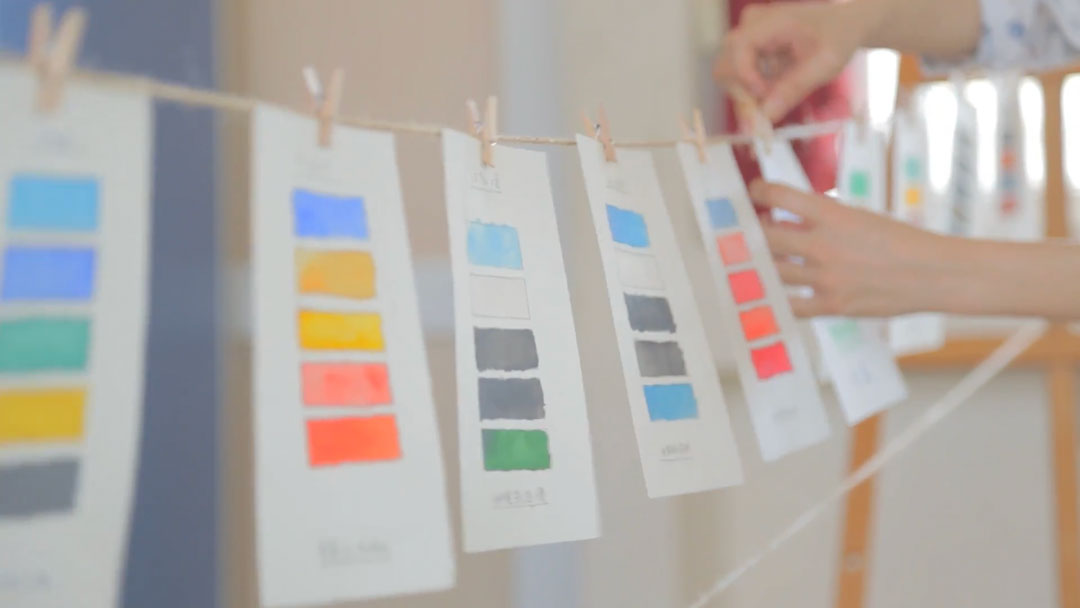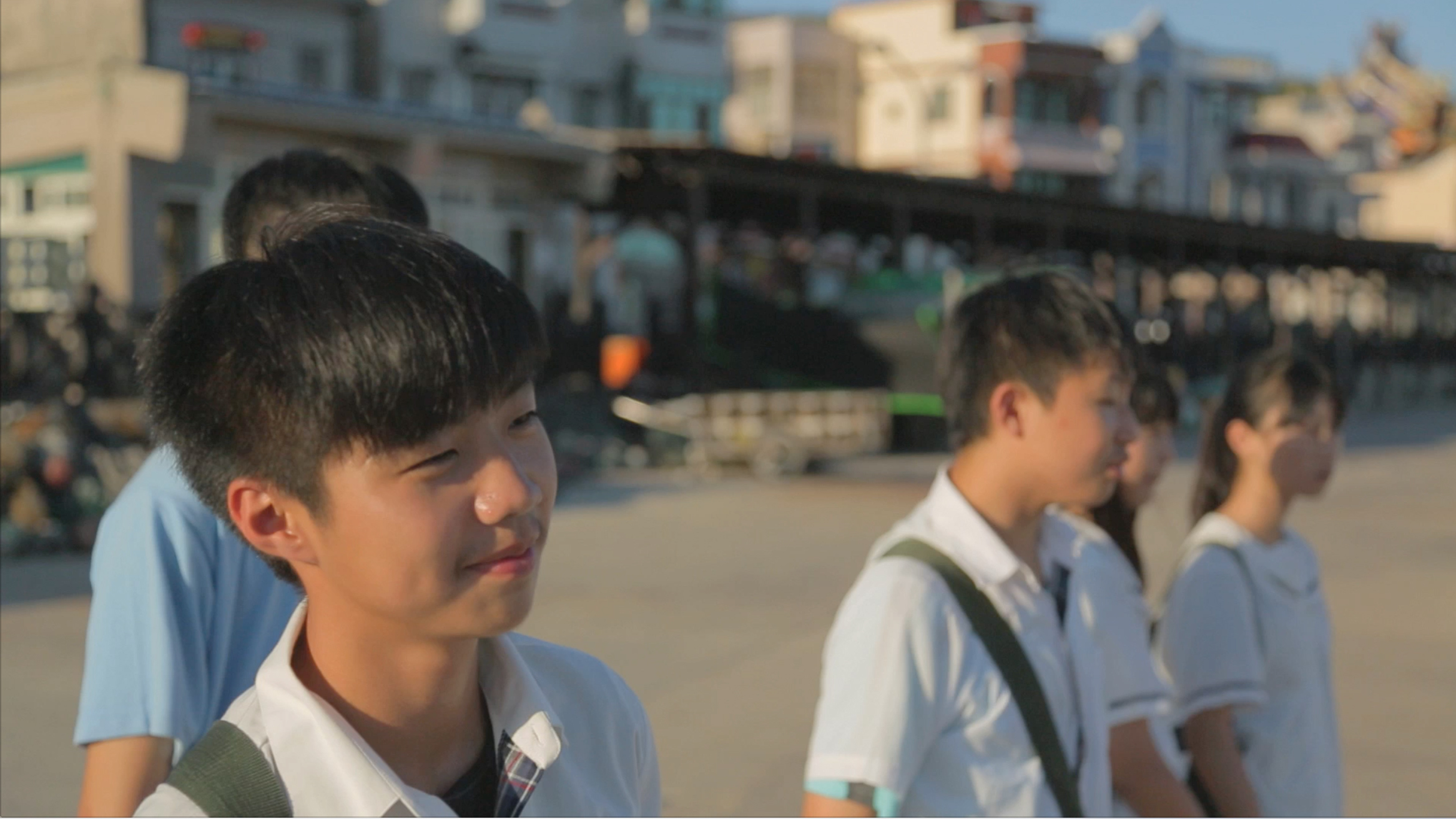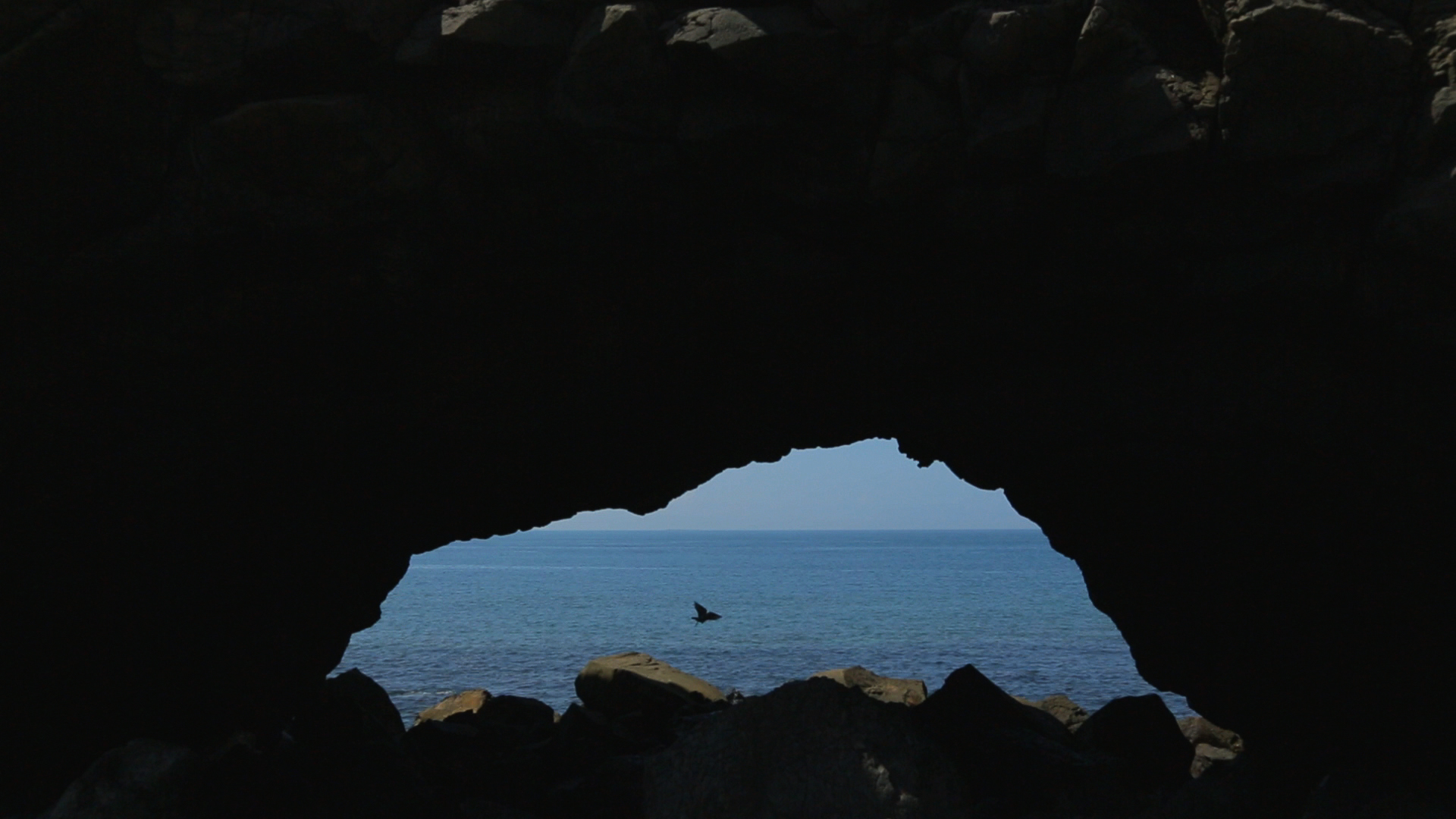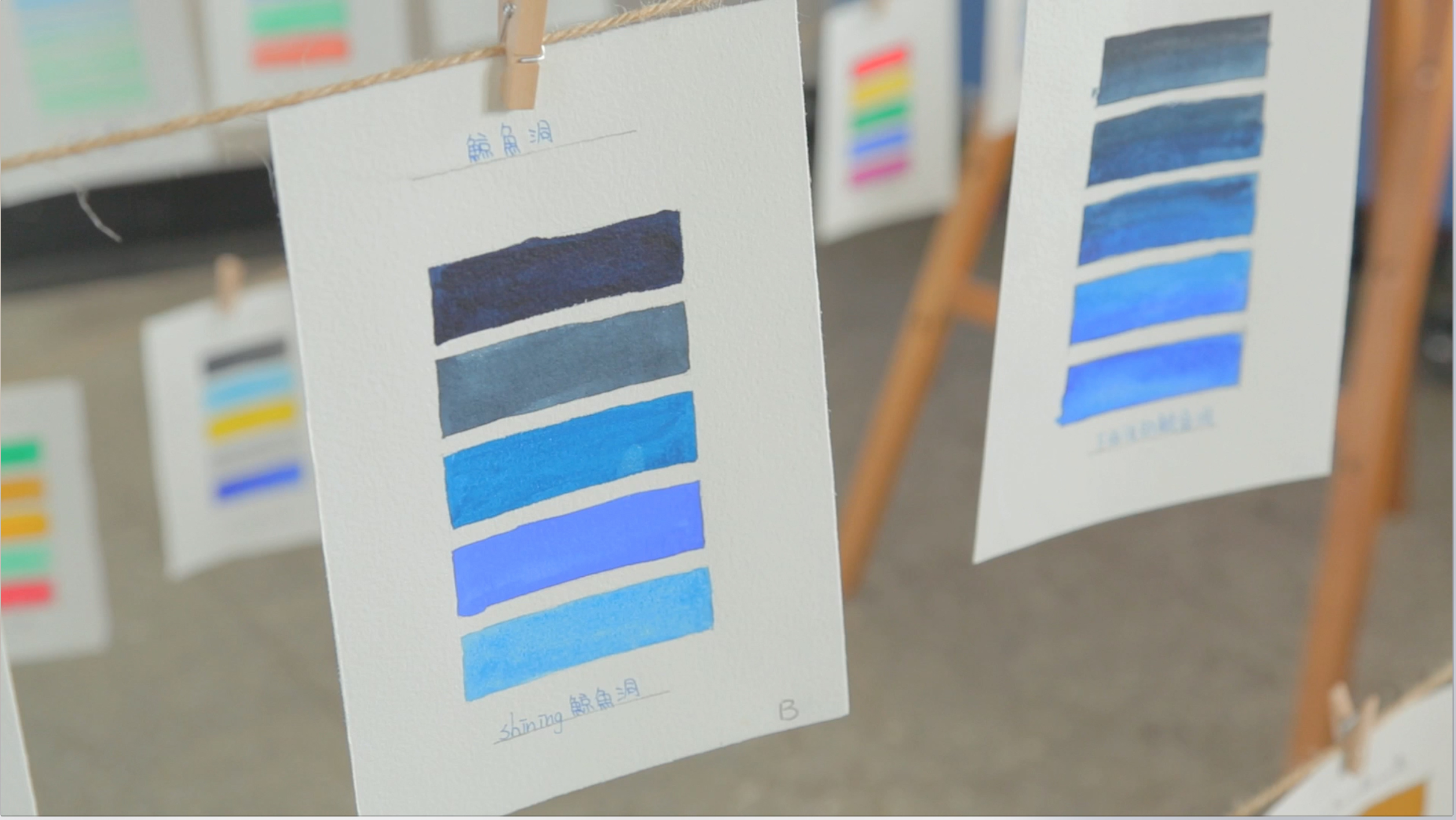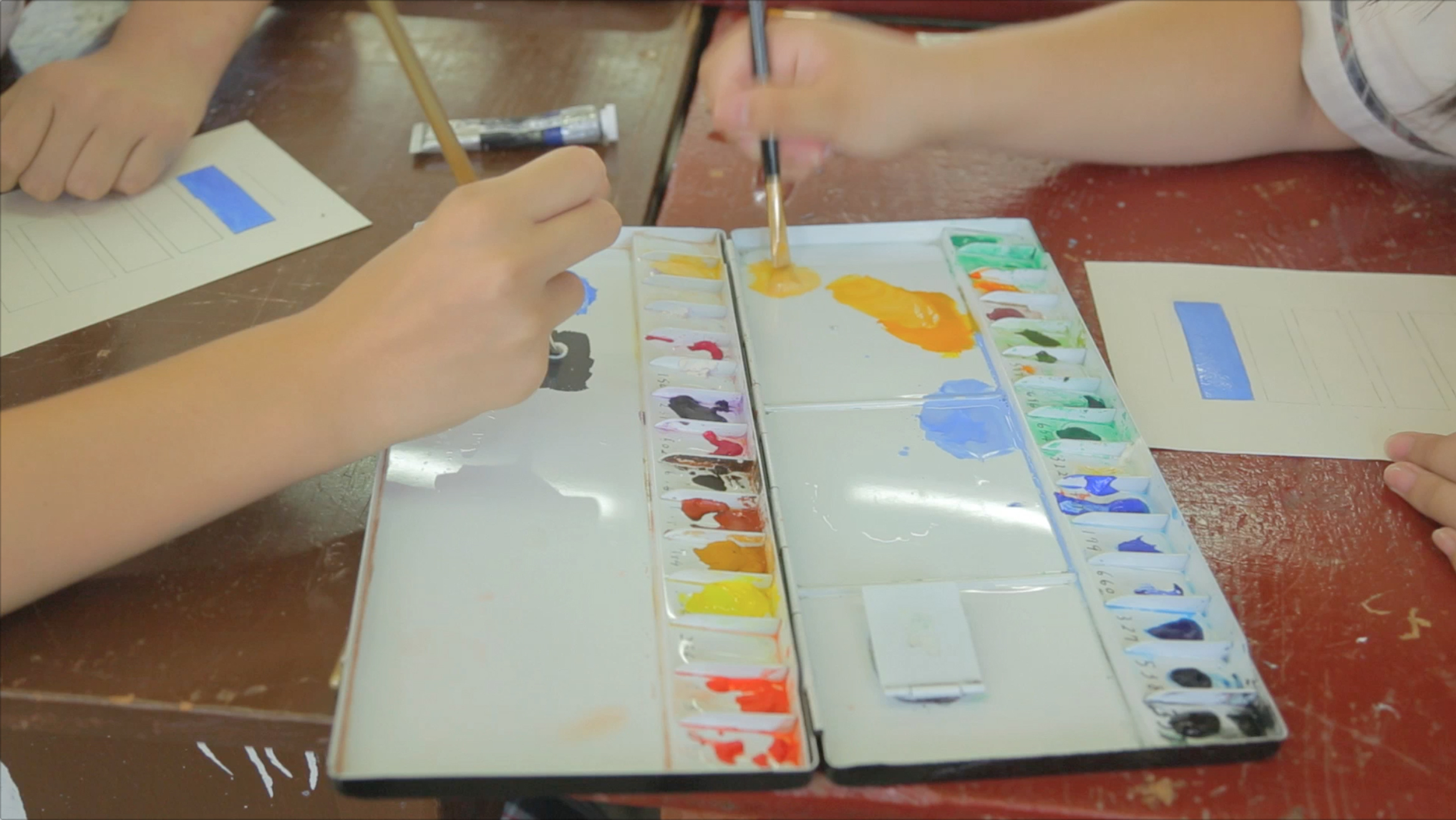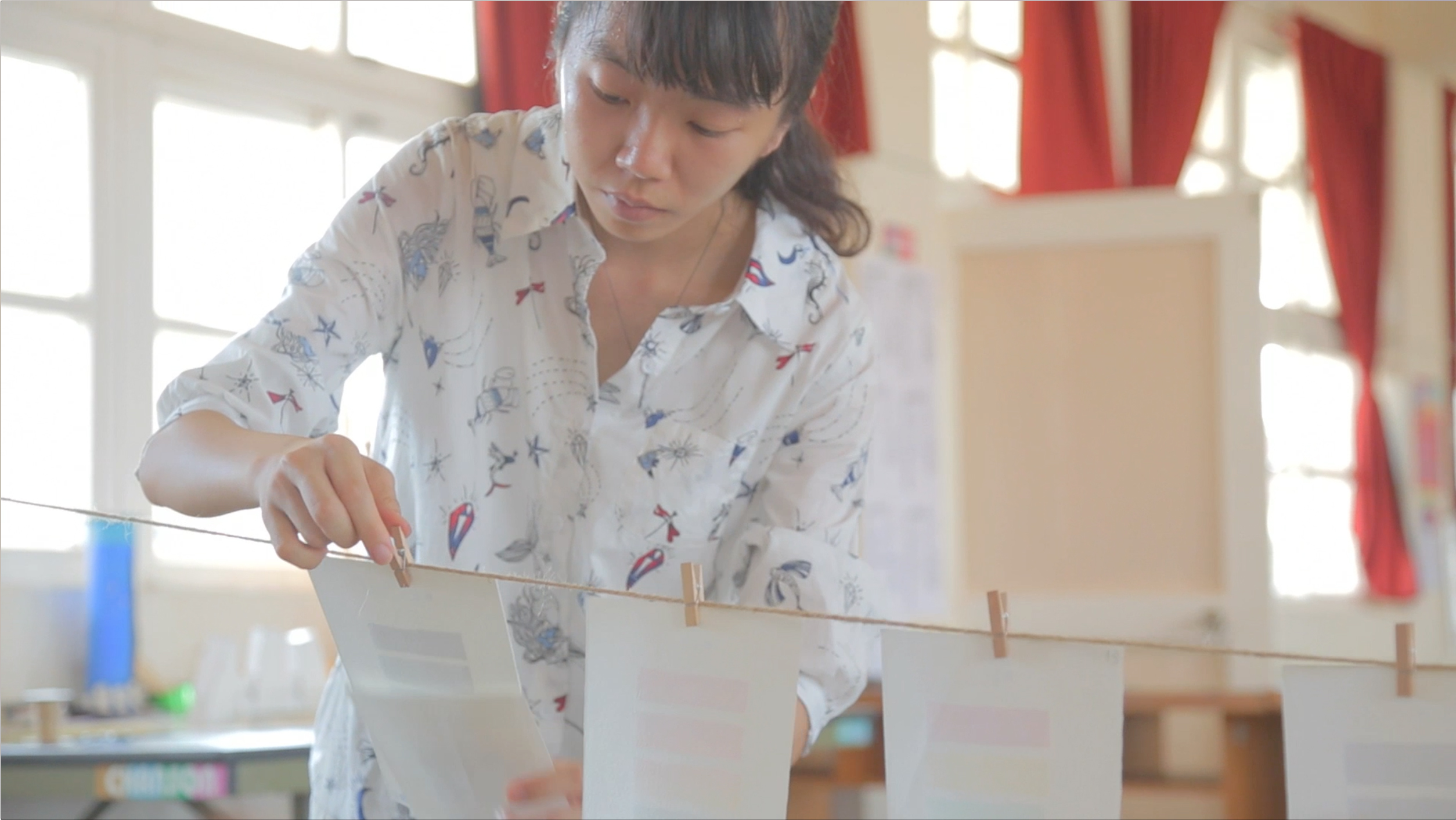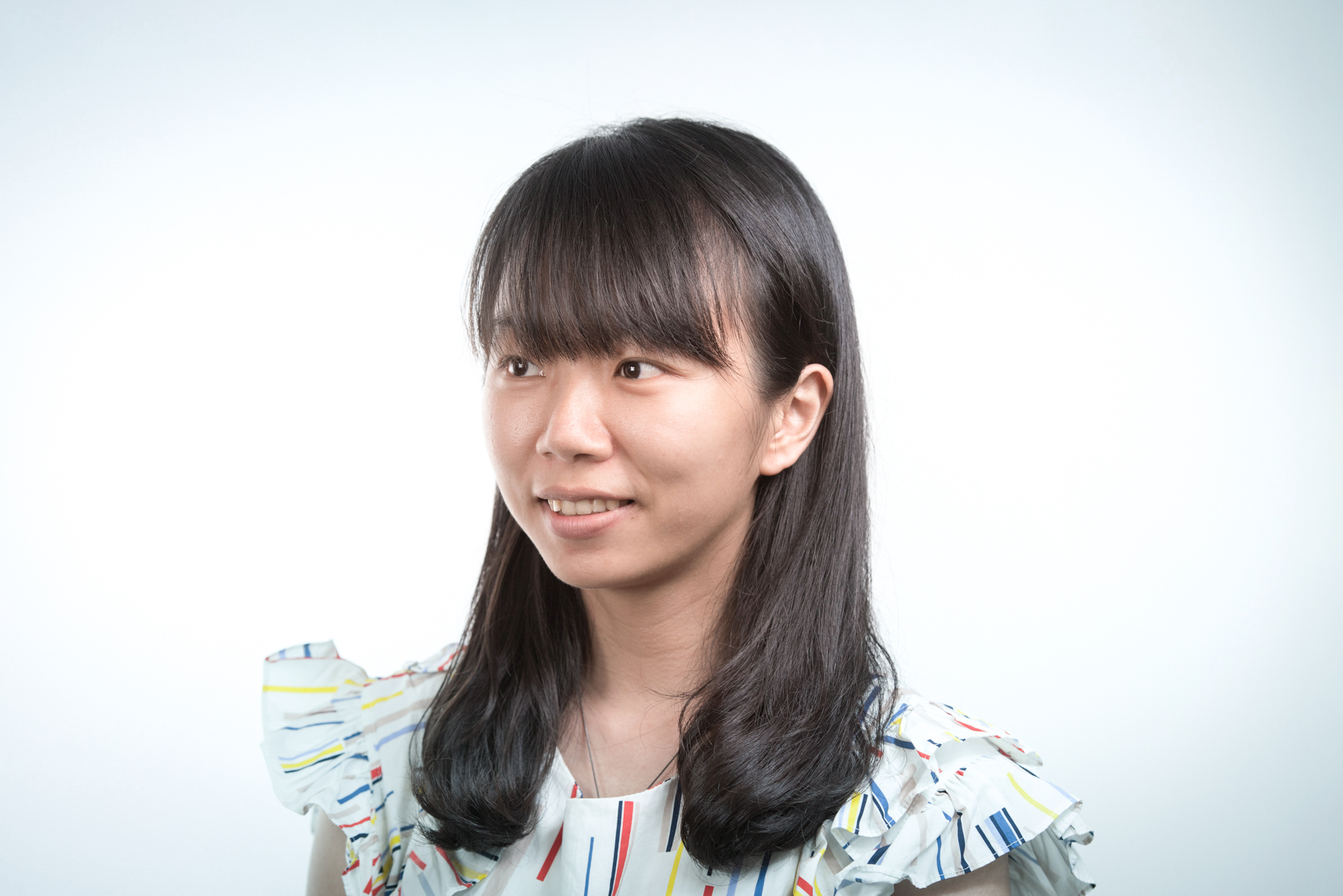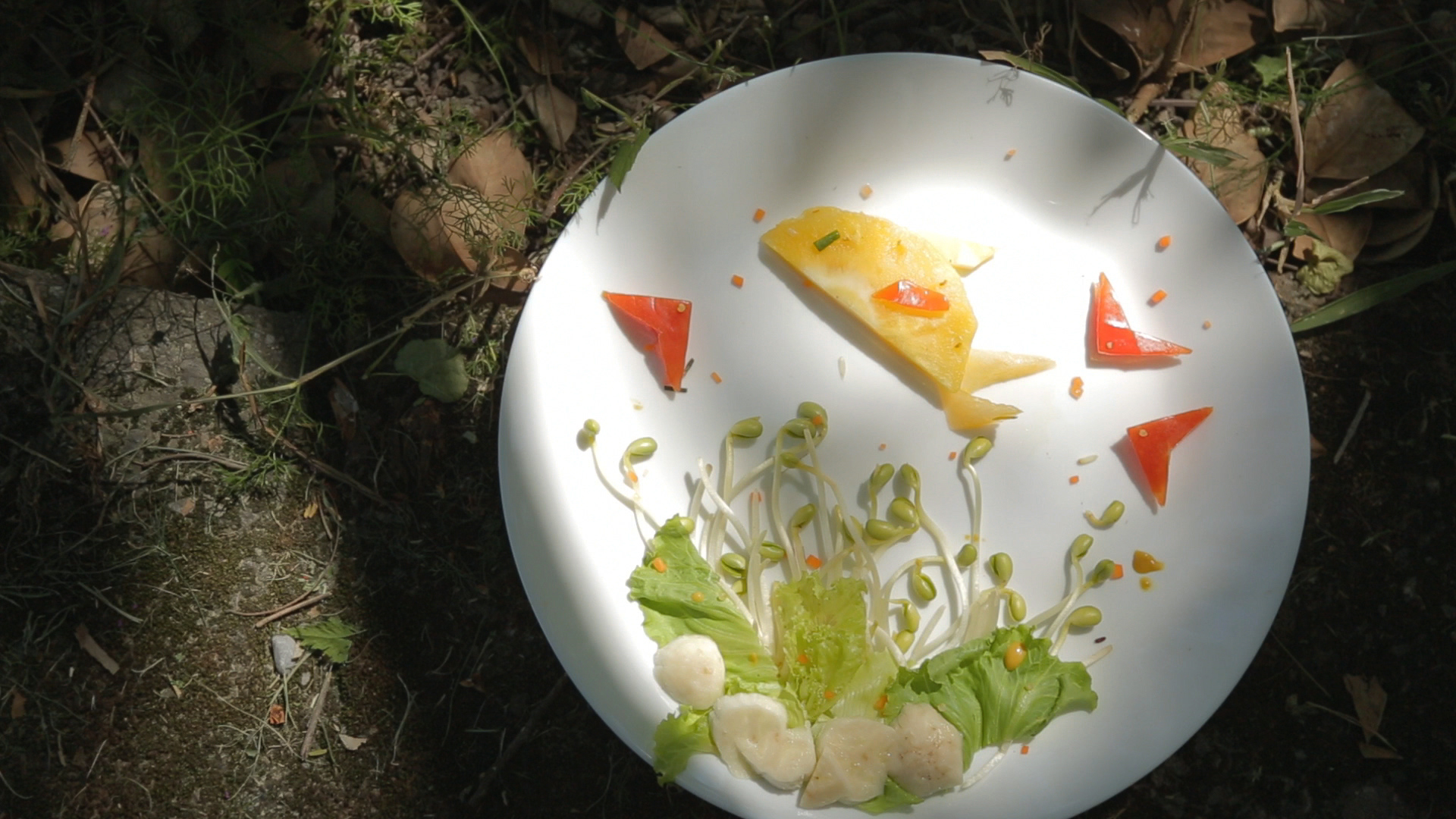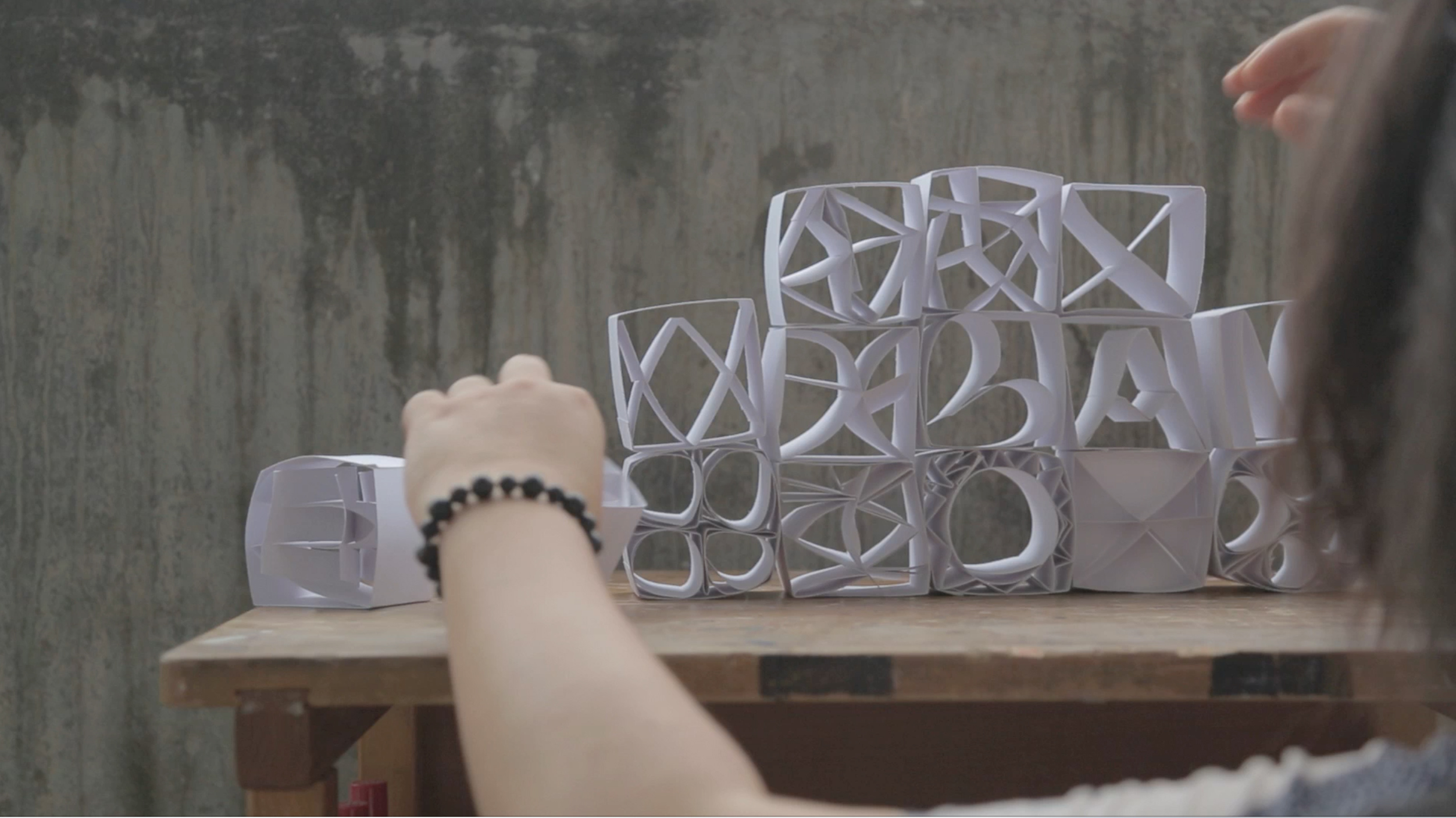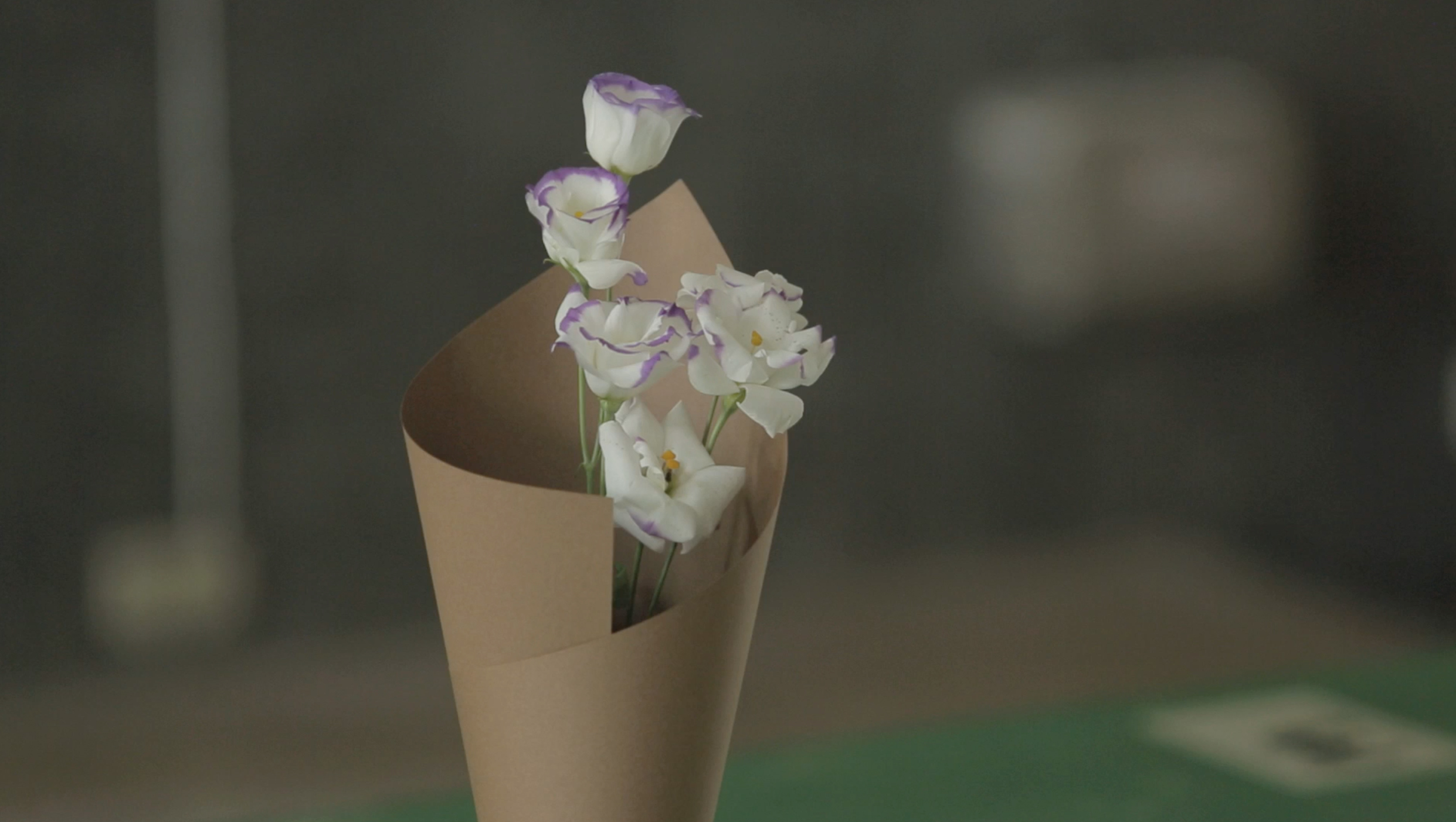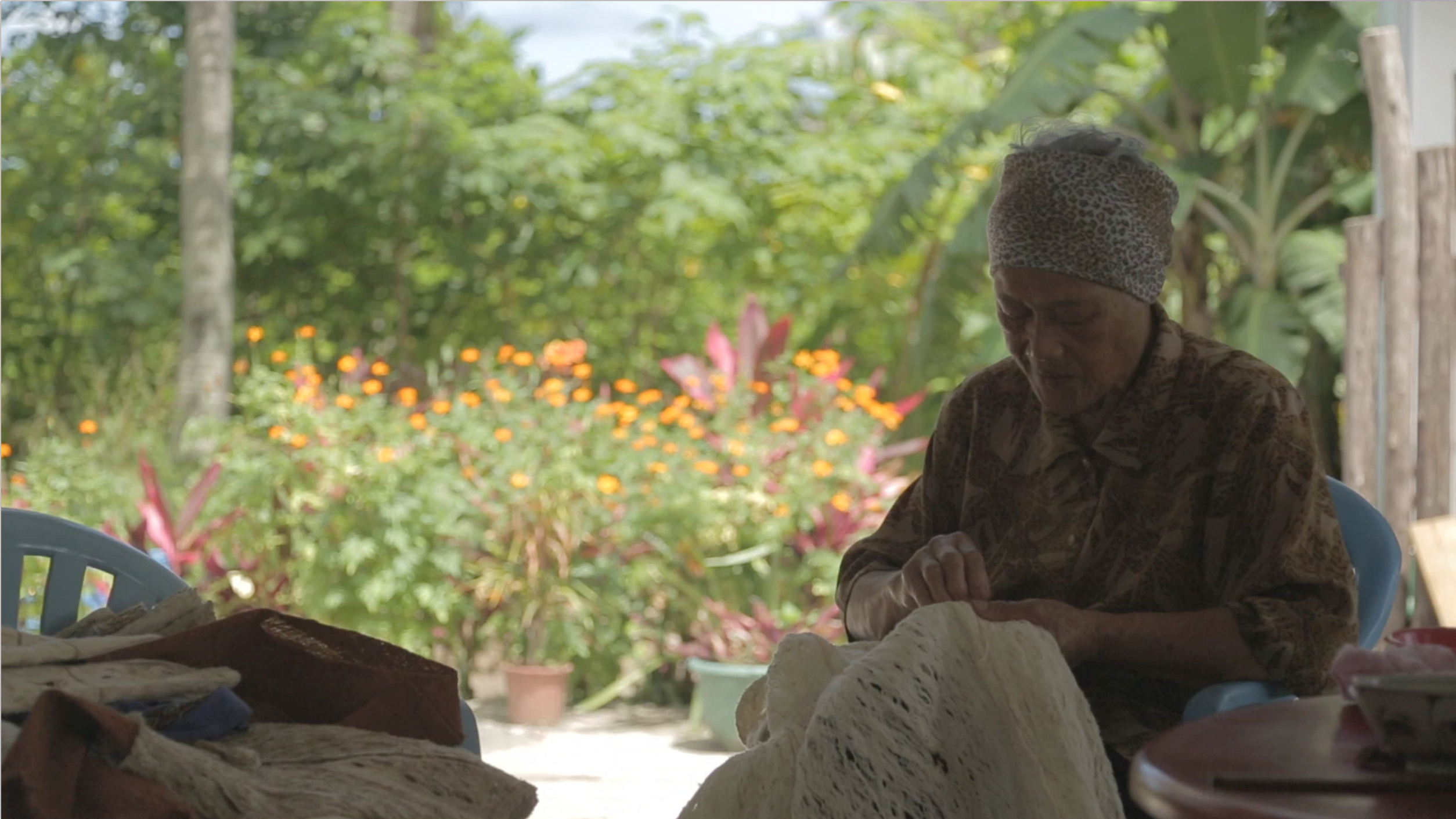If Memory Has Colors
Mrs. Lin had been teaching at Hsiyu Junior High School for over a year. Initially, the students lacked confidence in art class because the school had not had a regular art teacher, and they had received little art training before. However, to her surprise, Mrs. Lin discovered that the children, who live on Penghu Island and possess extensive knowledge of the oceans, were adept at distinguishing the colors in their everyday surroundings.
By identifying and mixing paint colors and relating them to their personal memories, the students captured the dynamic landscapes and poetic moments of the island. In the color charts they created, the deep connection between them and their hometown was vividly displayed. For the children preparing to leave the island, the lesson was a precious gift from Mrs. Lin, who was also born in Penghu. She hoped that when they are apart, reminiscing about the colors would help them remember their beautiful hometown.
